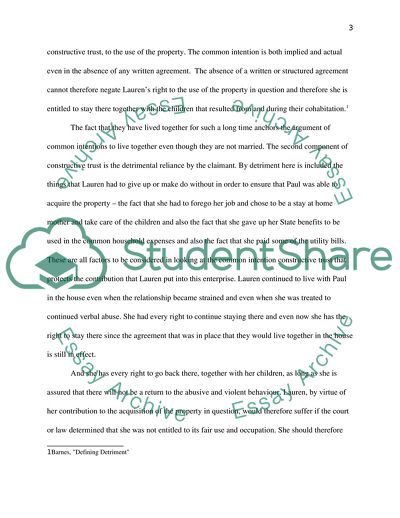Cite this document
(Family Law Case of Lauren and Paul Study Example | Topics and Well Written Essays - 2500 words - 1, n.d.)
Family Law Case of Lauren and Paul Study Example | Topics and Well Written Essays - 2500 words - 1. Retrieved from https://studentshare.org/law/1802524-llb-family-law-coursework
Family Law Case of Lauren and Paul Study Example | Topics and Well Written Essays - 2500 words - 1. Retrieved from https://studentshare.org/law/1802524-llb-family-law-coursework
(Family Law Case of Lauren and Paul Study Example | Topics and Well Written Essays - 2500 Words - 1)
Family Law Case of Lauren and Paul Study Example | Topics and Well Written Essays - 2500 Words - 1. https://studentshare.org/law/1802524-llb-family-law-coursework.
Family Law Case of Lauren and Paul Study Example | Topics and Well Written Essays - 2500 Words - 1. https://studentshare.org/law/1802524-llb-family-law-coursework.
“Family Law Case of Lauren and Paul Study Example | Topics and Well Written Essays - 2500 Words - 1”, n.d. https://studentshare.org/law/1802524-llb-family-law-coursework.


